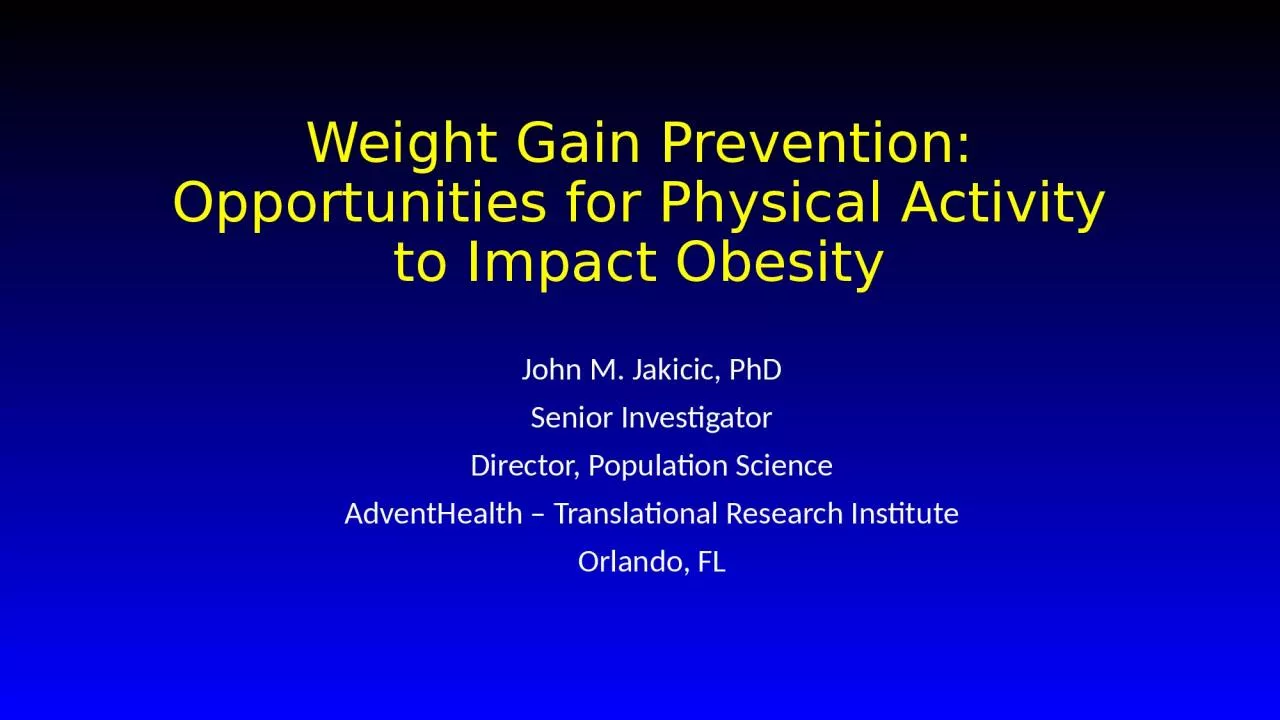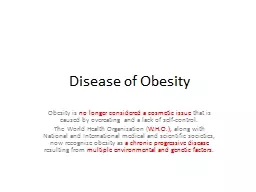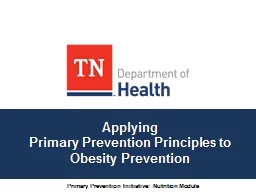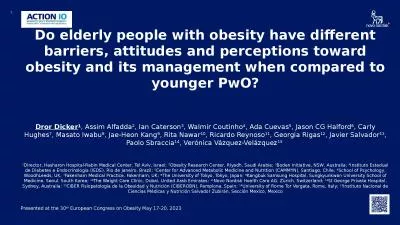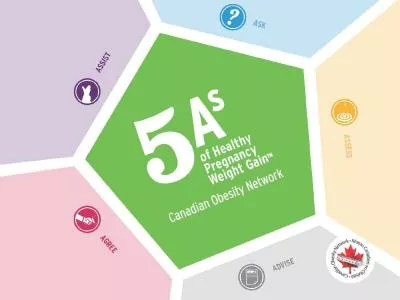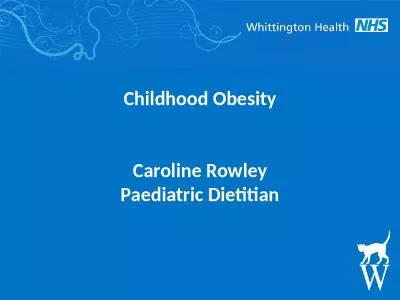PPT-Weight Gain Prevention: Opportunities for Physical Activity to Impact Obesity
Author : megan | Published Date : 2023-12-30
John M Jakicic PhD Senior Investigator Director Population Science AdventHealth Translational Research Institute Orlando FL Disclosures Past 12 Months Scientific
Presentation Embed Code
Download Presentation
Download Presentation The PPT/PDF document "Weight Gain Prevention: Opportunities fo..." is the property of its rightful owner. Permission is granted to download and print the materials on this website for personal, non-commercial use only, and to display it on your personal computer provided you do not modify the materials and that you retain all copyright notices contained in the materials. By downloading content from our website, you accept the terms of this agreement.
Weight Gain Prevention: Opportunities for Physical Activity to Impact Obesity: Transcript
Download Rules Of Document
"Weight Gain Prevention: Opportunities for Physical Activity to Impact Obesity"The content belongs to its owner. You may download and print it for personal use, without modification, and keep all copyright notices. By downloading, you agree to these terms.
Related Documents

